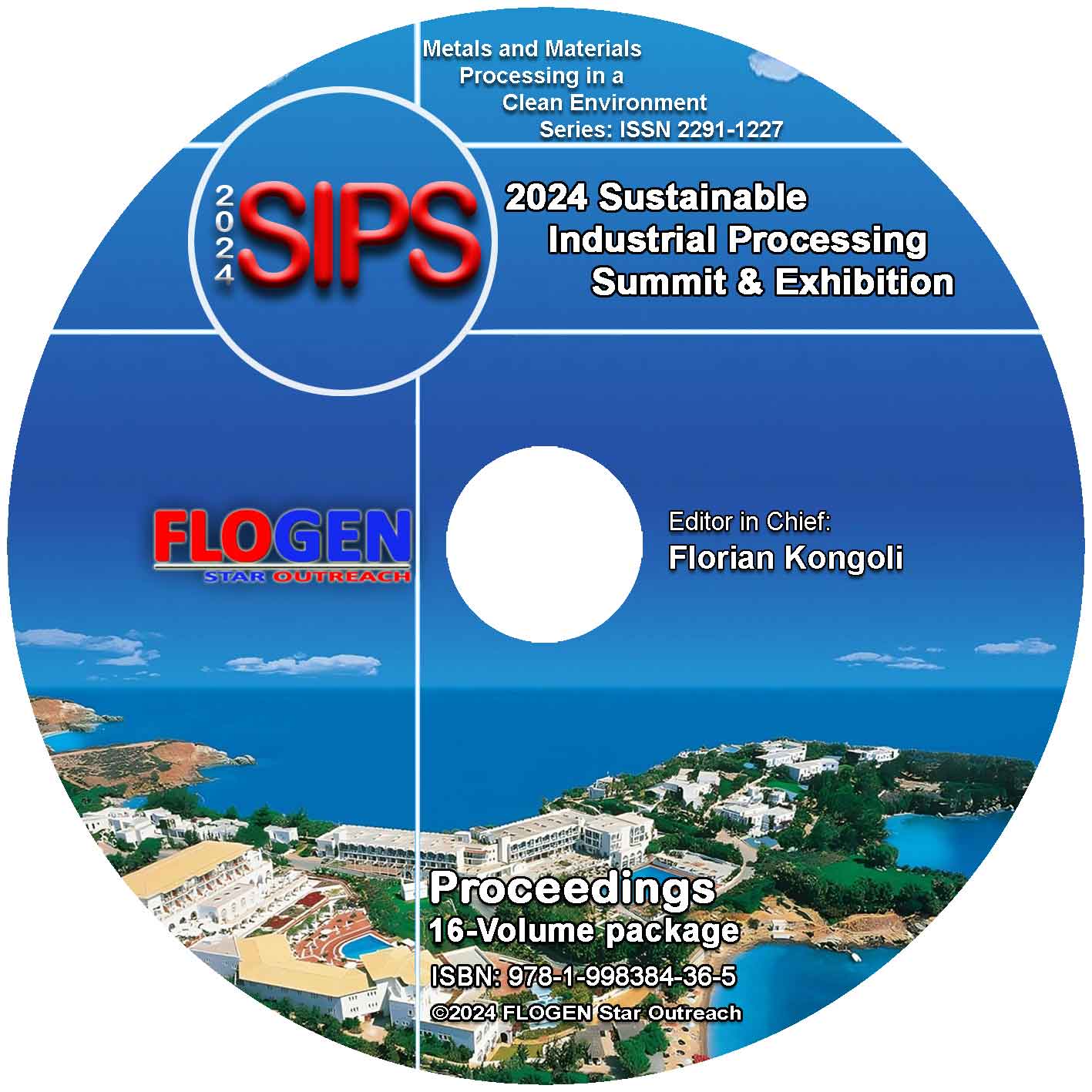2024 - Sustainable Industrial Processing Summit
SIPS 2024 Volume 1. Abe Intl. Symp. / Oxidative Stress and Technological Innovations in Medicine
| Editors: | F. Kongoli, H. Inufusa, T. Yoshikawa, C.A. Amatore, H-Y. Chen, W-H. Huang |
| Publisher: | Flogen Star OUTREACH |
| Publication date: | 23 December 2024 |
| Pages: | 218 pages |
| ISBN: | 978-1-998384-04-4 (CD) |
| ISSN: | 2291-1227 (Metals and Materials Processing in a Clean Environment Series) |

CD shopping page
FRAGRANCE POLLUTION INDUCES OXIDATIVE STRESS AND TRIGGERS MULTIPLE CHEMICAL SENSITIVITY
Kazuha Fujiwara1; Hiroshi Satoh2; Kumiko Sugiyama2; Emi Ide2; Kanako Baba2; Scott Daniska3; David Dickerson4;1NARA WOMEN'S UNIVERSITY, Nara, Japan; 2NAGASAKI INTERNATIONAL UNIVERSITY, Sasebo, Japan; 3N/A, Bethel, United States; 4N/A, Rock Island, United States;
Type of Paper: Keynote
Id Paper: 86
Topic: 54
Abstract:
Background: Multiple Chemical Sensitivity (MCS) is a rising concern worldwide, particularly in Japan, where the number of individuals with high chemical sensitivity has increased by 500% over the past decade, with the current prevalence estimated to be 1 in 7 people. The exposure to fragrances in households continues to rise, as fragrance chemicals are found in nearly every household product. Limonene, an ingredient common to 77% of fragrance products, converts to formaldehyde in the air, which potentially implicates it in MCS pathology due to the generation of oxidative stress.[1][2]
Purpose: This study aims to investigate the relationship between a fragrance ingredient, formaldehyde generation, oxidative stress, and MCS pathology.
Methods: Over 40 Japanese detergents and fabric softeners were assessed for common ingredients, with limonene identified as the most prevalent. Gas detection methods were employed to measure the amount of formaldehyde generated from limonene.
Results: Heating limonene to 37°C produced formaldehyde concentrations exceeding indoor air quality standards, when the concentration of limonene was around 400 ppm (in the range of an easily detectable to strong odor). The concentration of formaldehyde surpasses permissible regulatory indoor standards and could increase oxidative stress in airway tissue and the blood.[3] This toxic effect potentially suggests a pathological mechanism for triggering MCS symptoms.
Conclusions: These findings highlight the potential role of common fragrance ingredients in formaldehyde generation in households. The formaldehyde concentration reached exceeded indoor safe standards, which presents a necessity to investigate the relationship with MCS pathology further, mediated by changes in oxidative stress levels in airway tissue and blood.[4]